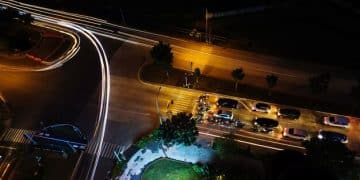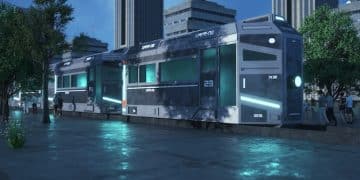New US Infrastructure Bill: Impact on Urban Mobility
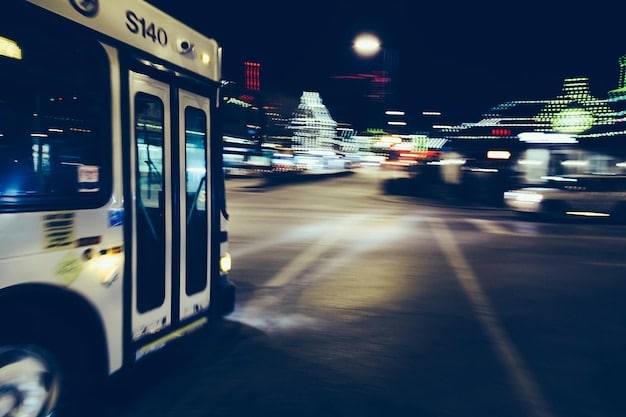
The New US Infrastructure Bill allocates $5 billion to modernize public transit, aiming to enhance urban mobility through improved infrastructure, accessibility, and sustainability.
The New US Infrastructure Bill earmarks a substantial $5 billion investment for public transit modernization. This marks a pivotal moment for urban mobility, promising significant upgrades to infrastructure and services across the nation.
Investing in America’s Future: The Infrastructure Bill and Urban Transit
The New US Infrastructure Bill, officially known as the Infrastructure Investment and Jobs Act, represents a monumental commitment to revitalizing the nation’s infrastructure. A core component of this initiative is the allocation of $5 billion specifically for modernizing public transit systems across the country. This investment is poised to reshape urban landscapes and redefine how Americans navigate their cities.
This funding aims to address critical needs, from repairing aging infrastructure to expanding public transit networks and adopting innovative technologies. The overarching goal is to create more efficient, reliable, and accessible transportation options for urban dwellers.
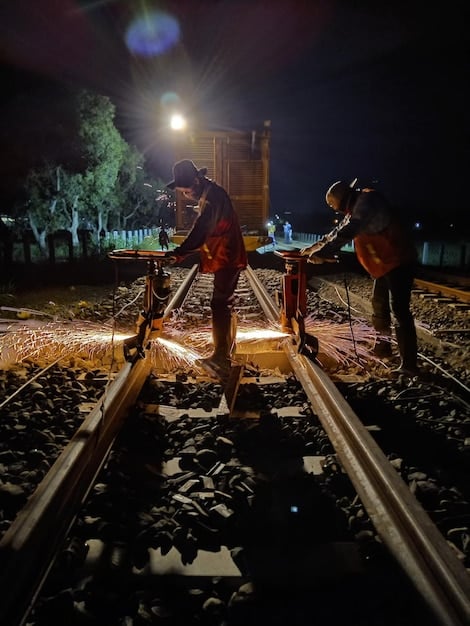
Key Areas of Investment: Modernizing Urban Mobility
The $5 billion earmarked for public transit modernization will be strategically deployed across several key areas. These investments are intended to address immediate needs while also paving the way for long-term, sustainable urban mobility solutions.
These key areas include:
Repair and Upgrade of Existing Infrastructure
Much of America’s public transit infrastructure is aging and in need of urgent repair. This includes subway systems, bus networks, and light rail lines. The funding will support critical upgrades to ensure safety and reliability.
Expansion of Public Transit Networks
To improve urban mobility, many cities need to expand their public transit networks. This involves adding new routes, extending existing lines, and increasing service frequency.
- New Rail Lines: Construction of light rail and subway extensions to reach underserved areas.
- Bus Rapid Transit (BRT): Implementation of dedicated bus lanes and modern bus fleets for faster, more efficient service.
- Improved Accessibility: Upgrading stations and vehicles to comply with ADA standards, ensuring accessibility for all riders.
These investments aim to make public transit a more attractive and viable option for a wider range of urban residents, reducing reliance on private vehicles and easing traffic congestion.
The Economic Impact of Public Transit Modernization
Investing in public transit modernization yields substantial economic benefits, extending far beyond improved transportation. These benefits touch various sectors and contribute to overall economic growth and job creation.
The various economic benefits include:
Job Creation
Infrastructure projects are labor-intensive, generating numerous jobs in construction, engineering, and related industries. The $5 billion investment will create employment opportunities across the country.
Increased Property Values
Improved public transit access can increase property values in surrounding areas. This benefits homeowners, developers, and local governments through increased tax revenues.
Enhanced Business Activity
Better transit systems facilitate the movement of workers and customers, boosting business activity in urban centers. This supports retail, hospitality, and other service-oriented industries.
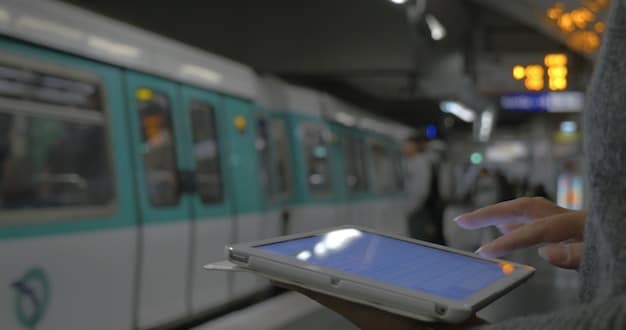
Environmental Benefits and Sustainable Urban Development
Modernizing public transit also offers significant environmental advantages. By reducing reliance on private vehicles, cities can lower carbon emissions and improve air quality. This aligns with broader sustainability goals and contributes to a healthier urban environment.
The following environmental benefits are some of the main reasons to invest in public transit modernization:
Reduced Carbon Emissions
Public transit is generally more fuel-efficient than private vehicles, especially when powered by renewable energy sources. Modernizing transit fleets with electric buses and trains can substantially reduce carbon emissions.
Improved Air Quality
Less traffic congestion and fewer gasoline-powered vehicles lead to improved air quality, benefiting public health and reducing respiratory illnesses.
Sustainable Urban Development
Investing in public transit supports sustainable urban development by encouraging compact, mixed-use neighborhoods that are less reliant on cars. This promotes walkable, livable communities.
Challenges and Considerations for Effective Implementation
While the New US Infrastructure Bill presents a promising opportunity for urban mobility, effective implementation will require careful planning and consideration of various challenges.
Some important challenges to consider include:
Coordination and Collaboration
Successful implementation requires coordination and collaboration among federal, state, and local governments. This ensures that projects are aligned with regional transportation plans and priorities.
Community Engagement
Engaging with local communities is essential for ensuring that transit projects meet the needs of residents and address potential concerns. This involves public hearings, community meetings, and other forms of outreach.
Long-Term Funding
While the $5 billion investment is a significant step, sustained funding will be needed to maintain and expand public transit systems over the long term. This requires exploring innovative financing mechanisms and securing ongoing support from policymakers.
The Future of Urban Mobility: A Transformed Landscape
The New US Infrastructure Bill and its $5 billion investment in public transit modernization have the potential to transform urban mobility in America. By upgrading infrastructure, expanding networks, and embracing sustainable technologies, cities can create more efficient, accessible, and environmentally friendly transportation systems.
The success of this initiative hinges on effective implementation, strategic partnerships, and a long-term commitment to investing in the future of urban transit. As cities embrace these opportunities, they can pave the way for a more sustainable and prosperous future.
Embracing Innovation: Technology and the Future of Transit
The modernization of public transit goes beyond physical infrastructure; it also involves integrating cutting-edge technologies to enhance efficiency, convenience, and the overall rider experience. Embracing innovation is key to creating transit systems that meet the evolving needs of urban populations.
Technologies include:
Smart Transit Systems
Implementing smart transit systems that leverage data analytics, real-time monitoring, and predictive maintenance can optimize operations and improve service reliability.
Digital Payment Solutions
Offering contactless payment options, mobile ticketing, and integrated fare systems makes it easier for riders to access and use public transit.
Electric and Autonomous Vehicles
Transitioning to electric bus fleets and exploring the potential of autonomous vehicles can reduce emissions, enhance safety, and improve efficiency.
| Key Area | Brief Description |
|---|---|
| 🚇 Infrastructure Repair | Renovating aging subway and bus systems for safety. |
| 🚌 Network Expansion | Adding new routes and extending lines for wider access. |
| 🌎 Sustainability | Reducing emissions with electric buses and green tech. |
| 📱Smart Systems | Using data and tech for better service and payment options. |
Frequently Asked Questions
▼
The New US Infrastructure Bill, also known as the Infrastructure Investment and Jobs Act, is a legislative package aimed at revitalizing America’s infrastructure, including transportation, energy, and broadband, with a focus on creating jobs and promoting economic growth.
▼
The bill allocates $5 billion specifically for public transit modernization projects across the United States. This investment is intended to improve the efficiency, safety, and accessibility of urban transit systems.
▼
Funded projects include repairing and upgrading existing infrastructure, expanding public transit networks, and adopting innovative technologies. This includes investments in rail lines, bus rapid transit, and electric vehicle infrastructure.
▼
The expected benefits include job creation, increased property values, enhanced business activity, reduced carbon emissions, improved air quality, and sustainable urban development. It will lead to better, cleaner cities.
▼
The funding will be distributed through federal grants to state and local governments, which will then allocate the funds to specific transit projects based on their regional transportation plans and priorities. Community input is considered.
Conclusion
In conclusion, the New US Infrastructure Bill’s $5 billion investment in public transit modernization heralds a new era for urban mobility. By strategically allocating funds to repair infrastructure, expand networks, foster innovation, and promote sustainability, this initiative promises to enhance the lives of urban residents, drive economic growth, and create more livable, environmentally responsible cities.


